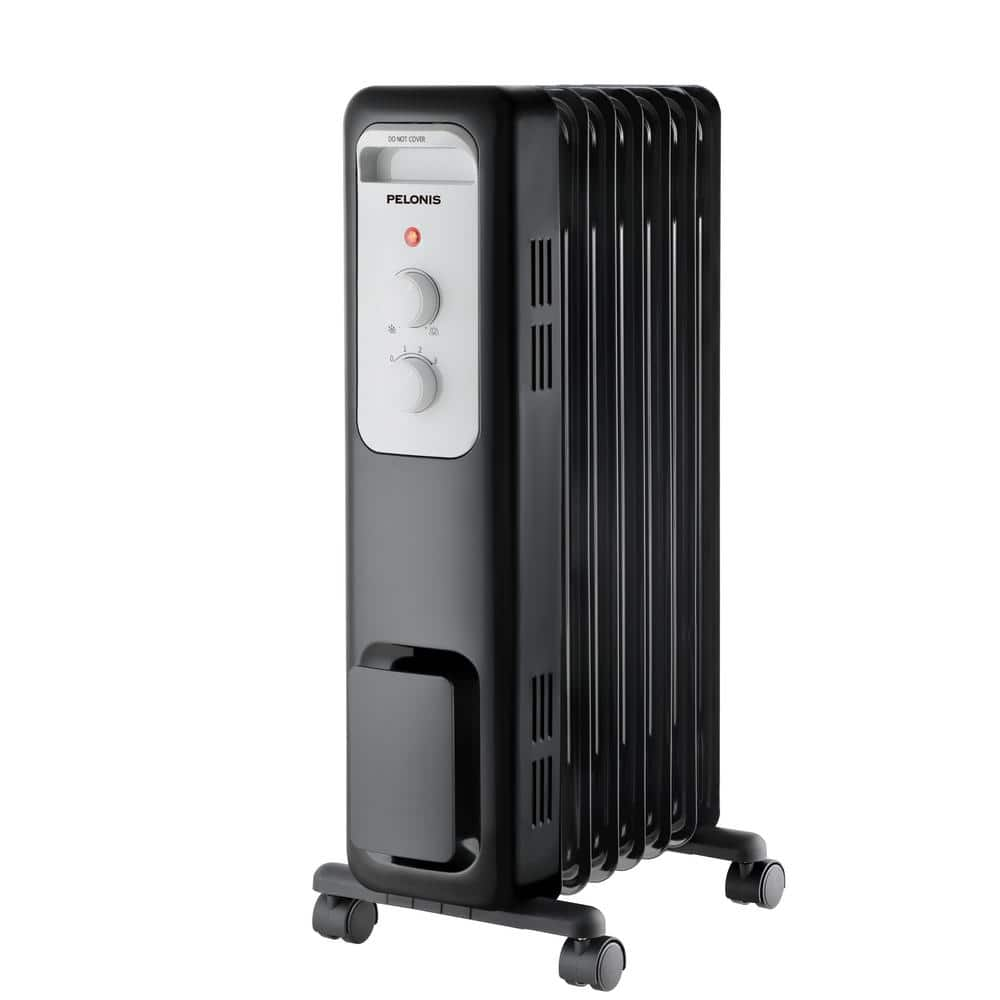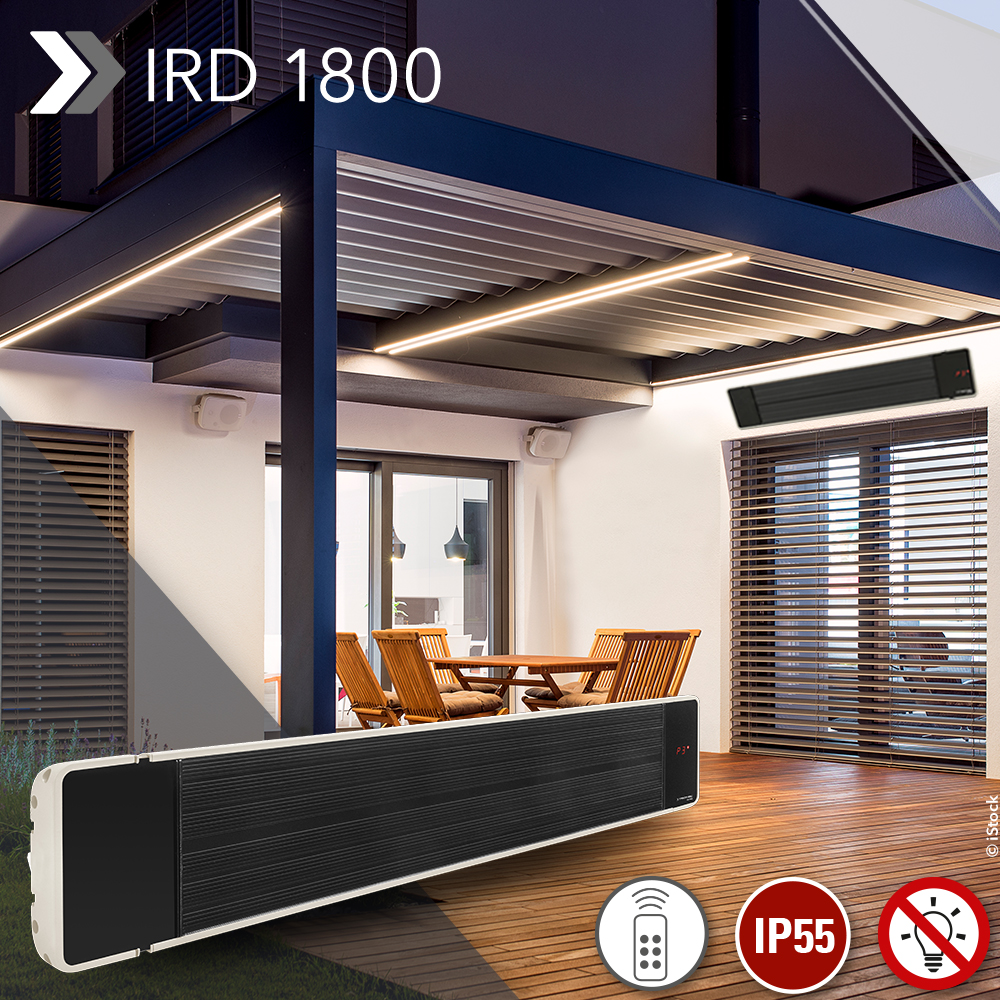
The maximum temperature of the heating surface can vary from 29–35 ☌ (84–95 ☏) depending on the room type. This provides an improved room climate with healthier humidity levels. Since their heating surface is much larger than other systems, a much lower temperature is required to achieve the same level of heat transfer. Underfloor and wall heating systems often are called low-temperature systems. Underfloor heating systems- electric or hydronic.Radiant heating/cooling systems can be divided into: One of the key advantages of radiant heating systems is a much decreased circulation of air inside the room and the corresponding spreading of airborne particles. The internal air temperature for radiant heated buildings may be lower than for a conventionally heated building to achieve the same level of body comfort, when adjusted so the perceived temperature is actually the same. The heat energy is emitted from a warm element, such as a floor, wall or overhead panel, and warms people and other objects in rooms rather than directly heating the air. Underfloor radiant heating has long been widespread in China and South Korea. Mixed radiation, convection and conduction systems have existed since the Roman use of hypocaust heating. An example is the Austrian/German cocklestove ( Kachelofen), a type of masonry heater. Radiant heating heats a building through radiant heat, rather than conventional methods such as radiators (mostly convection heating). Designs with radiant heating are seen as replacements for conventional convection heating as well as a way of supplying confined outdoor heating.

It is the method of intentionally using the principles of radiant heat to transfer radiant energy from an emitting heat source to an object. Radiant heating as a technology is more narrowly defined. Heating by radiant energy is observed every day, the warmth of the sunshine being the most commonly observed example. Radiant heating is a technology for heating indoor and outdoor areas.

For snow melt applications see: Snowmelt system. For high temperature indoor or outdoor radiant heating, see: Infrared heater. Moderate temperature radiant heating and cooling is usually composed of relatively large surfaces that are internally heated or cooled using hydronic or electrical sources. This article mainly addresses radiant heating and cooling with moderate source temperatures, used to heat or cool indoor environments.

Within this category, it is practical to distinguish between high temperature radiant heating (devices with emitting source temperature >≈300 ☏), and radiant heating or cooling with more moderate source temperatures. According to some definitions, a technology is only included in this category if radiation comprises more than 50% of its heat exchange with the environment therefore technologies such as radiators and chilled beams (which may also involve radiation heat transfer) are usually not considered radiant heating or cooling. There are many subcategories of radiant heating and cooling, including: "radiant ceiling panels", "embedded surface systems", "thermally active building systems", and infrared heaters.

Radiant heating and cooling is a category of HVAC technologies that exchange heat by both convection and radiation with the environments they are designed to heat or cool. Systems using temperature-controlled surfaces to exchange heat with their surrounding environment through convection and radiation


 0 kommentar(er)
0 kommentar(er)
